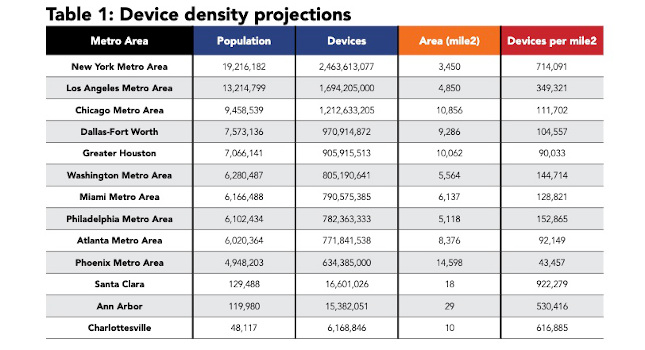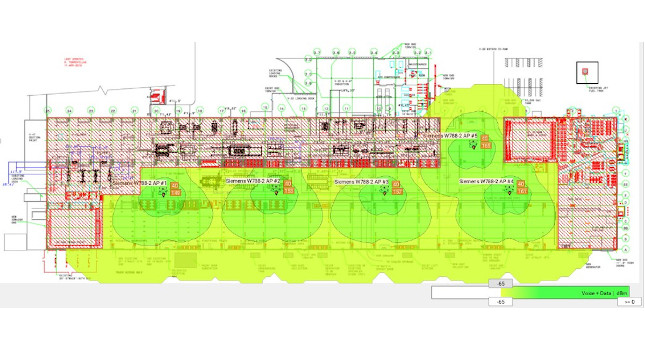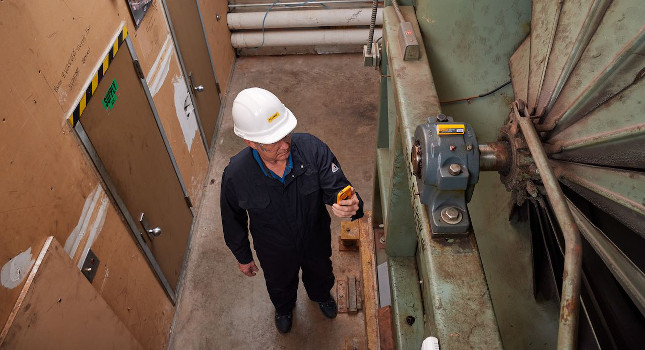There are many potential benefits to using wireless technology in manufacturing, but users need to be aware of standards and potential challenges.

The next generation of industrial advancement, which is referred to as Industry 4.0, aims to inter-connect and computerize the traditional industries such as automation. The objective in Industry 4.0 is to make factories smart in terms of improved adaptability and resource efficiency, as well as the improved integration of supply and demand processes between the factories.
Wireless solutions have a significant role to play in the transformation to Industry 4.0, because they assist in moving data from point to point. But installing wireless technology alone will not give you a smart factory. There are other factors that need to come into play.
Interoperability of products from different suppliers, transparency and easy connection of network participants are key factors that help identify if a wireless solution is part of industry 4.0 methodology. Another key indicator would be if the device provides diagnosis and big data from the shop floor level to the cloud via standardized protocols such as message queuing telemetry transport (MQTT), OPC-UA, and advanced message queuing protocol (AMQP).
So, how is wireless connectivity achieved? In automation, wireless solutions must not only conform to a specific company’s IO-Link standards, but also international standards. IO-Link for wireless technology is an extension of IO-Link at the physical level and defines wireless communication between sensors and controllers in the automation industry. It can also be integrated into a range of products in the industry to avoid cabling.
When incorporating wireless technology, it is vital to adhere to a standard that does not lock you in and prevent the communication between brands, types and models as this would be moving in the opposite direction to Industry 4.0.
Questions of frequency
The 2.4 GHz band found in most wireless devices provides coverage at a more extended range. Many Wi-Fi enabled technologies, both in the automation industry and in a domestic setting, use the 2.4 GHz band – including microwaves, Bluetooth, garage door openers and many other devices. This is something that needs to be taken into account when considering a wireless solution.
Due to the large bandwidth consumed by Wi-Fi devices, as few as three Wi-Fi hotspots in an area can completely consume the 2.4 Ghz band. This is a danger because when multiple devices attempt to use the band at the same time, overcrowding occurs, resulting in system faults and downtimes.
With more wireless products becoming available, the existing frequency channels are becoming ever more congested. All the wireless devices operate within frequencies that have been set aside for free use and are called ISM bands. These ISM bands, especially 2.4 Ghz, are heavily congested by devices such as Wi-Fi and Bluetooth. These devices all fight for channels to communicate over because only one channel or frequency can be used at a time.
Most devices use a shotgun approach and transmit at randomly selected channels and hope for the best. If the transmission does not get through, they try again and again, which causes more congestion and delays. This phenomenon is commonly known as noise or interference. This is where frequency blacklisting and adaptive frequency hopping can help. However, the wireless device needs the intelligence to check which frequencies are being used and selects available channels in every transmission cycle. The lack of these features can heavily impact the performance and stability of a machine or plant.
Informed decisions required
In the automation industry, reliable and effective solutions are required to keep production moving. New, technologically advanced solutions are introduced to the market every day. However, it is of the important to identify specific machine requirements to allow an informed decision to be made. With wireless solutions, always consider how interference will affect the process. Delays of 250 ms are common if the transmitter has to resend data due to interference and this can have a detrimental effect on a machine running at 200 parts-per-minute.
It is also important to understand that when a device is deemed wireless, the wireless aspect of it is for data communication. The device will still require electrical power and, if it incorporates pneumatics, it will require an air supply line as well. So, as with any other aspect of automation, wireless technology requires careful consideration and planning to maximize its benefits.
This article originally appeared on Control Engineering Europe’s website.



